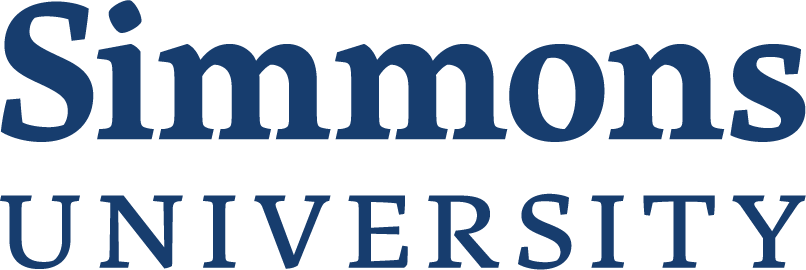Book Recommendation: The Map Thief
Posted February 16, 2015 by Alexandra Bernson
Despite cancelled classes due to Boston’s clearly insane weather system, I’m sure all of you are deep into your classes and the last thing you need is a book recommendation. But I would be amiss if I did not share with you a great new book that I just finished and absolutely adored, not only because it is so well-written but primarily because it is incredibly relevant to contemporary libraries, archives, and special collections.
http://www.michaelblanding.com/mapthief/
The Map Thief by Michael Blanding is made only more intriguing by the scandalous subtitle: “The Gripping Story of an Esteemed Rare-Map Dealer Who Made Millions Stealing Priceless Maps.” The story seems out of the plot of some sort of period film, but all took place within the last decade. Forbes Smiley, a Massachusetts native, entered the rare map trade in the 1980s when map collecting was just becoming popular. He loved the history and artistry of the maps and often worked closely with librarians at major universities as he was researching maps for potential collectors. He was instrumental in assisting major collectors like Lawrence H. Slaughter (whose collection was donated to the New York Public Library) and Norman B. Leventhal (the same Leventhal for which the Boston Public Library’s Rare Maps Room is named) in creating comprehensive collections regarding the Mid-Atlantic and New England regions the United States.
However, Smiley eventually turned on many of these relationships. According to the book, Smiley received no compensation after orchestrating the transfer of both the Slaughter and Leventhal collections to the NYPL and BPL, a process that took months for each. This bitterness, combined with financial overextension, led him to betray his privileged relationship with librarians at academic and special libraries throughout the United States and United Kingdom. He was finally caught in 2005 at the Beinecke Rare Book and Manuscript Library at Yale University, in possession of an x-acto blade and several stolen maps in a briefcase. He avoided a trial by confessing to stealing over 100 maps from different libraries and archives.
The extent of Smiley’s stealing inspired many libraries to completely re-evaluate their collections, and many institutions believe that the list of maps that he stole was far larger. Prestigious libraries like Yale, Harvard, and the British Library claimed that Smiley had stolen far more from them than he claimed. While many libraries enhanced their security policies and installed devices like cameras in their reading rooms, some institutions were unable to enforce any changes, whether due to bureaucracy or financial issues.
I must admit that I did gasp out loud several times as I read about the crimes of Smiley and other thieves that targeted libraries and archives for rare materials. But in addition to the scandal and intrigue, the book raises a lot of questions for library and archive students and professionals. How do curators best protect materials? How can archives properly catalog items so that there is a clear account of what maps are and are not included in large volumes? How does one evaluate the loss of cultural heritage independent of monetary value within a legal framework? How do we negotiate the relationships between library professional and dealer?
Explore these issues and the histories of map making in the last several centuries with The Map Thief while you stay nice and warm this winter! And if you are brave enough to go outside, you can see many of the maps that are described in the book at the Boston Harbor Hotel, a project which Norman B. Leventhal developed.
